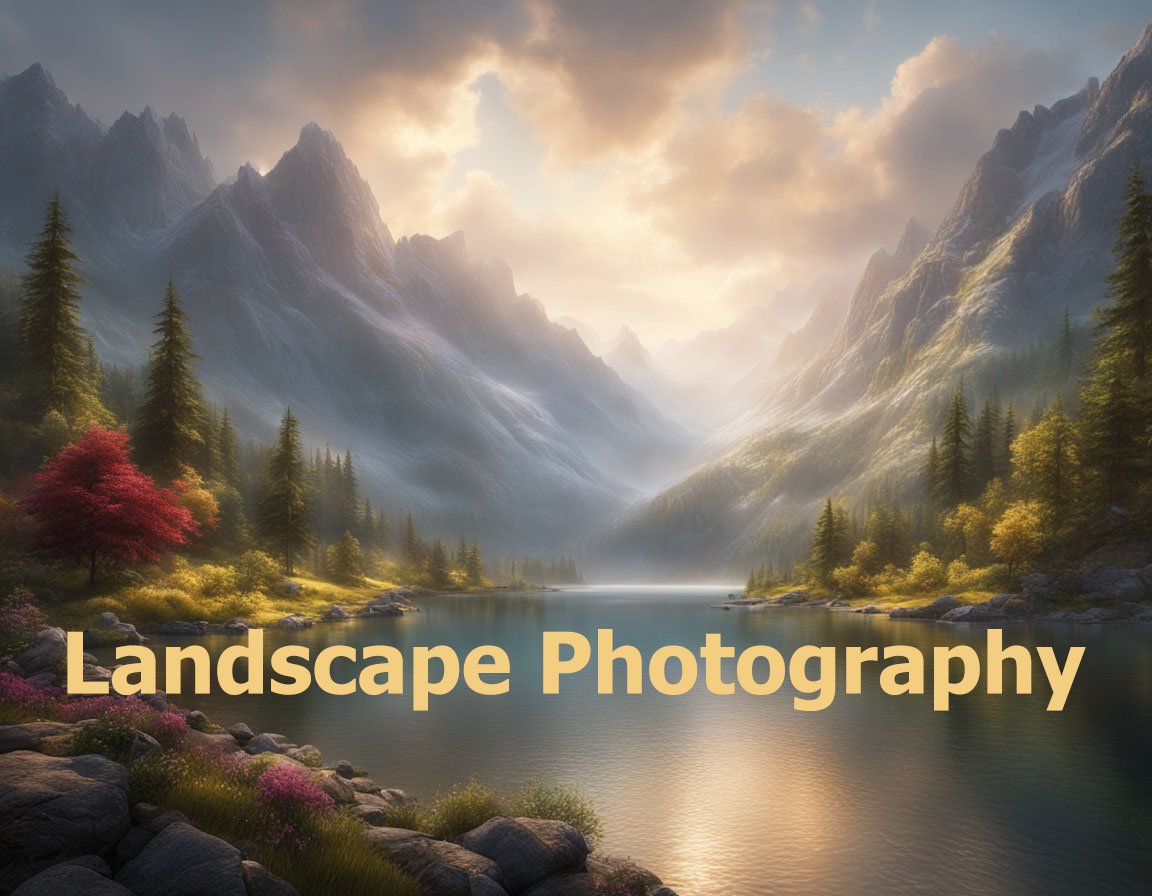The Role of Trees in Landscape Design
Incorporating trees into a landscape design is like inviting nature’s sculptures into your garden. Trees have long been natural symbols of growth, stability, and longevity. Their presence can be transformative, turning a flat and mundane space into a lush, vibrant, and multidimensional environment. But how exactly do trees create a sense of depth? This is achieved through various elements such as size, placement, species selection, and layering.
Transforming Space with Vertical Dimensions
One of the primary ways trees create depth in a garden is by introducing vertical dimensions. By extending the eye upward, trees add height and structure, offering a stark contrast to the typically horizontal expanse of lawns and garden beds.
Creating Layers with Tree Heights
Strategically planting trees of varying heights can effectively create layers within your landscape, a technique that helps establish depth. Tall trees, such as oaks and pines, can serve as a backdrop, while medium-sized trees like dogwoods and magnolias fill in the mid-ground. Finally, smaller trees or shrubs at the front guide the viewer’s eye progressively deeper into the landscape.
Exploiting Canopy and Form
The shape and form of a tree’s canopy also contribute to the sense of depth. Trees with broad canopies and dense foliage create shady, intimate spaces while more open or columnar forms can be used to direct views or lead the eye towards specific focal points in the garden.
Design Techniques for Depth through Trees
Once you understand the structural role trees play, you can employ several design strategies to maximize their impact on depth creation in your garden. Let’s explore some of these techniques.
Focal Points and Sightlines
Trees can serve as powerful focal points in landscape design. By carefully selecting a tree variety that contrasts with its surroundings, it naturally draws attention. A standout tree at the end of a pathway can create an enticing sightline, encouraging further exploration while enhancing the perception of depth.
Framing Views
Like a picture frame focuses attention on the photograph inside it, trees can be used to frame desirable views or obscure unattractive ones. This principle can guide visitors’ gaze towards beautiful vistas beyond your property or the focal elements within your garden. Trees with arching branches or multi-stemmed growth can create natural frames for these views.
Utilizing Texture and Color
By mixing trees with different textures and colors, you can add an additional layer of complexity and depth to the landscape. Varieties with unique barks, diverse leaf colors, or seasonal flowers can lead to dramatic effects, creating contrast or complementing existing elements in the garden.
Playing with Light and Shadow
Light and shadow are artistic elements that significantly affect depth perception and can be manipulated through tree placement. As sunlight filters through leaves, it creates intriguing patterns of light and shadow on the ground, enriching the garden’s aesthetic and bringing it to life with movement.
Change Over Time
Trees are dynamic features; as they grow, the patterns of light and shadow change. Selecting species that offer seasonal variation, like Japanese maple with its vibrant fall colors or cherry blossoms in spring, can also designate time and change in your landscape, fostering an immersive and ever-evolving environment.
Considerations When Selecting Trees
Before planting, consideration for both the aesthetic and practical aspects of selecting the right species is vital. Each tree comes with its own set of needs and characteristics that must align with your garden vision and conditions.
Tree Care and Maintenance
Assess the level of care each tree requires against your willingness and ability to maintain them. Trees differ vastly; some may need regular pruning, while others thrive with minimal attention. Additionally, consider how the tree will grow over time and what space will be required to accommodate its mature size.
Risk Management
Trees can also pose risks, particularly as they grow larger. Evaluate proximity to structures and power lines, and consider potential root damage to nearby foundations or sewer systems. Consulting with an arborist can provide valuable foresight in minimizing these risks.
Environmental Factors
The success of the trees you plant depends heavily on the environmental conditions of your site. Factors like soil quality, drainage, sunlight exposure, and climate must all be considered. Matching tree species to your property’s conditions ensures long-term health and minimal intervention.
Native vs. Exotic Species
Choosing between native and exotic species can influence landscape aesthetics and environmental impact. Native trees generally adapt better to local conditions and support local wildlife, providing ecological benefits. However, exotic species may offer unique aesthetic character and structural forms not found in native varieties.
Conclusion of Thought
By thoughtfully incorporating trees into your landscape, you can transform it into a living work of art that offers both beauty and diversity. With strategic planning, your garden can become a multi-dimensional sanctuary reflecting personal style and ecological mindfulness. Understanding how trees affect depth enables you to maximize their impact, turning nature’s majestic elements into your garden’s most profound assets. Hopefully, you are now inspired to embark on this journey of creating depth and can approach your landscape design with renewed creativity and vision.


